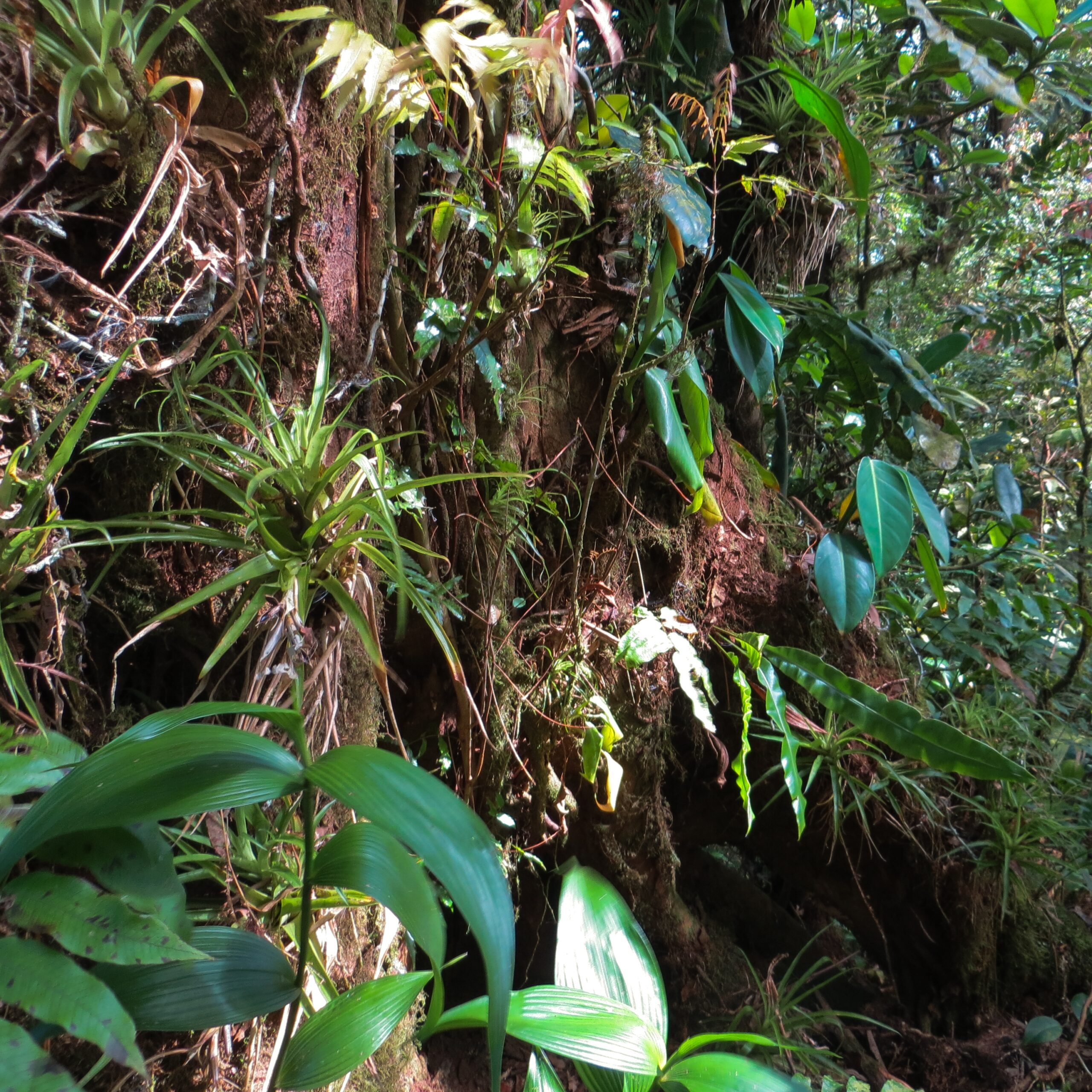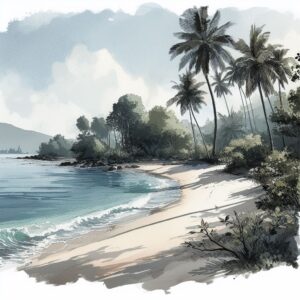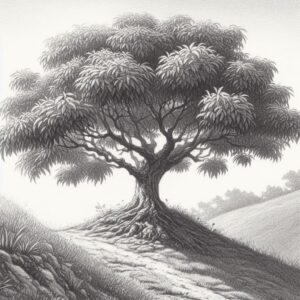Month's Subject
There are several mechanisms that have promoted the formation of new species. A few of the most important are zonation, succession and partition.
Zonation
Mangrove forests are a good example of diversity through zonation. At the outer edge (zone) of the mangroves, you find almost exclusively red mangrove trees. This mangrove species is best adapted to being submerged for long periods and to living in salt water. Closer to the coast, you find black mangroves. This species is not quite as resisitant to being submerged and also needs brackis water to survive. Even further inland you find pineapple mangrove. These trees is not resistant to being submerged and prefers water with a lower salt concentration. Inland from the mangrove forest in areas that are inundated with fresh water, you find the mora (Mora oleifera) a huge tree that can withstand inundation, but needs fresh water.
Mountains are another good example. Here in the lowlands you will find rufous tailed hummingbirds, clay-colored thrushes chestnut-capped warblers and orange-collared manakins. At mid-altitude, these species are replaced by violet-headed hummingbirds, white-throated thrushes, golden.crowned warblers and red-capped manakins.
In the highest reaches, of Cerro Hoya, you findthe glow-throated hummingbird and the violet sabrewing, mountain thrush , black.cheeked warbler and white-ruffed manakins.
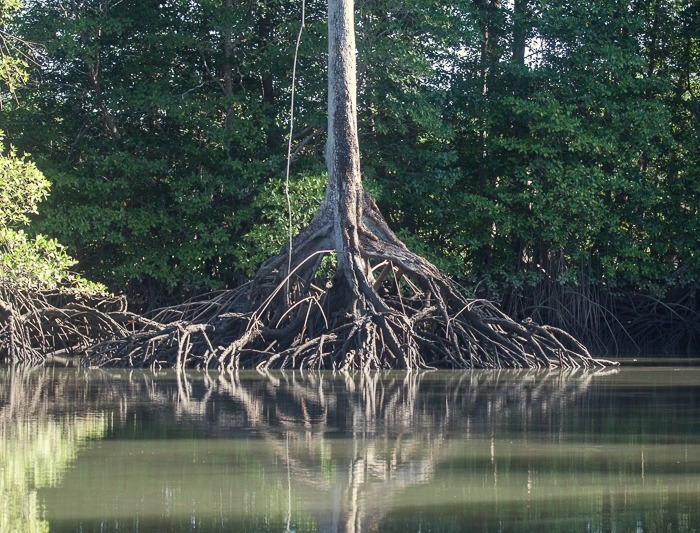
Sucession
Forest appear to be stable environments, but that is just that: appearance. A forest is in a dynamic equilibrium. When an old tree dies, space becomes available and sunlight hits the forest floor. This starts a proces known as succession.
The first trees to appear in such a gap are fast growing trees that start fruiting at a young age and generally produce a lot of fruit. Since these trees spend a lot of energy on growth and reproduction, they tend to have a short life span: live fast, die young. Examples are cecropias and balsa trees. When these trees fall away, their place is taken by somewhat slower growing species such as tropical fig trees and wild cashew. These trees are longer lived but will start disappearing after about a hundred years. Their place is then taken over by slow growing forest giants such as purpleheart, kapok and tonka bean. A forest is thus not homogenous, but a mozaic of patches in different stages of regeneration. And, to top it off, large open areas are colonized by other species than small open areas, adding yet another layer to the diversity of tropical forests.
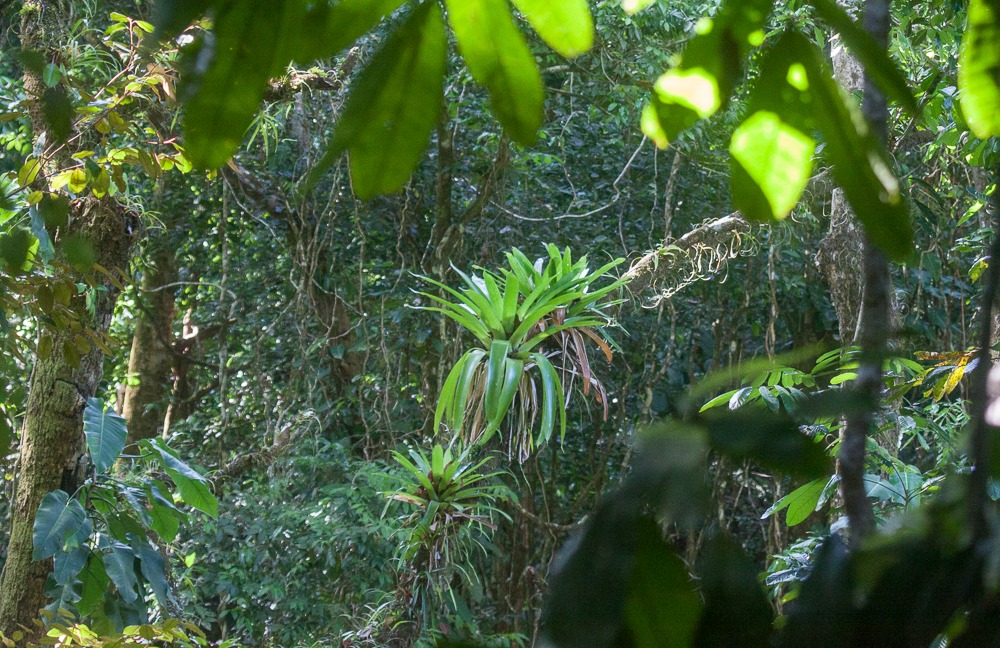
Partition
To avoid or minimize competition, animals can specialize on a narrow range of food items.This happens both within species and among species. A classic example in Panama are the kingfishers. There are five species, ranging from the huge ringed kingfisher (40cm) to the tiny american pygmy kingfisher (13 cm). They all feed on fish by plunge-diving in the river from a branch. But they all have specialized in a specific size range of fish or aquatic insects, Pygmy kingfishers feed on tiny fish and aquatic insects, often fishing in small creeks and even temporary puddles, while the ringed kingfisher hunts large fish in large rivers and lakes. Another example are the different shorebirds. Some have long bills to probe deeply into muddy soils, others have sturdy bills to break open shells and yet others have shorter bills to probe in the sand. Within species, there is also resource partition. Among eagles, hawks, falcons and owls, the females are up to 20% larger than the males. Females consequently hunt larger prey items than males. Among frigate birds a similar process is at work, The smaller males need less food and can therefore survive in more marginal habitat than the females. In hummingbirds, females often have longer beaks than males and consequently, females can feed on deeper flowers that males can not reach.
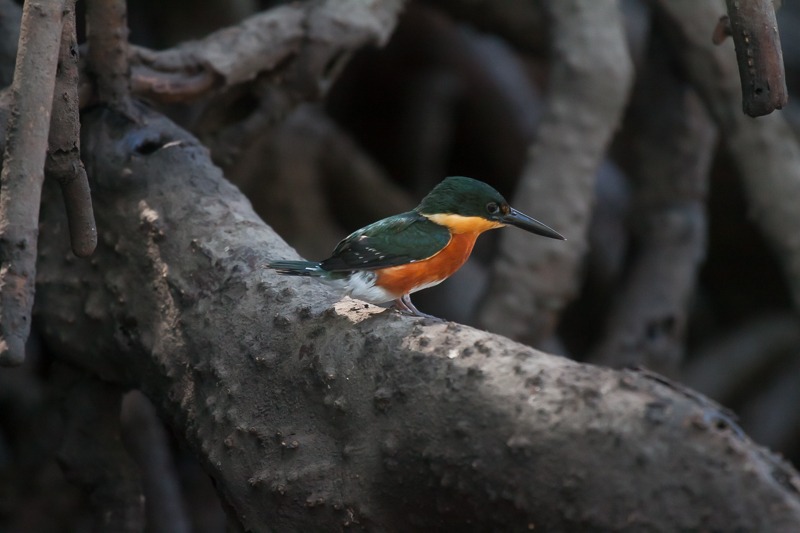
Prompt List
- Zonation in the mangrove forest along salinity and water depth/submersion times
- Altitudinal changes in bird species
- succession from gap (or pasture) to mature forest
- Resource partition between species by size: kingfishers
- Ways of resource partition within species: raptors and owls, frigate birds and hummingbirds.
Illustrations we would like to see:
An illustration of the different species of mangrove trees; the red mangrove, with prop roots, the black mangrove with shallow roots with pneumatophores, the tea mangrove with broad base and serrated edge to the leaves and the Giant gentleman mangrove (Rhizophora racemosa) with the high stilt roots.
an illustration with the three manakin species that occur at different altitudes
An illustration with the three warbler species that occur at different altitudes.
An illustration of the three thrush species (or the hummingbirds) f different altitudes.
A side by side illustration of a fast growing tree (Cecropia peltata) and a slow growing tree (Calophyllum longifolium)
An illustration of the four kingfisher species in their environment with attention to absolute size and relative size of head and bill

